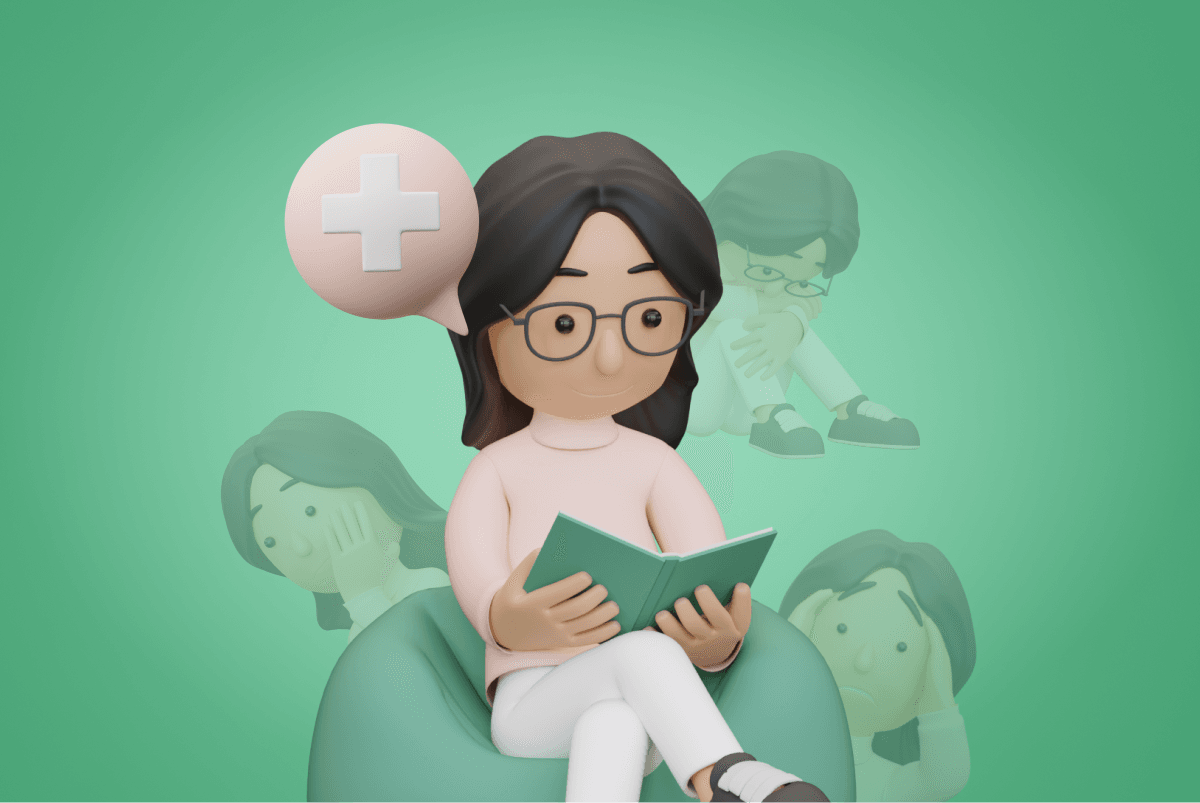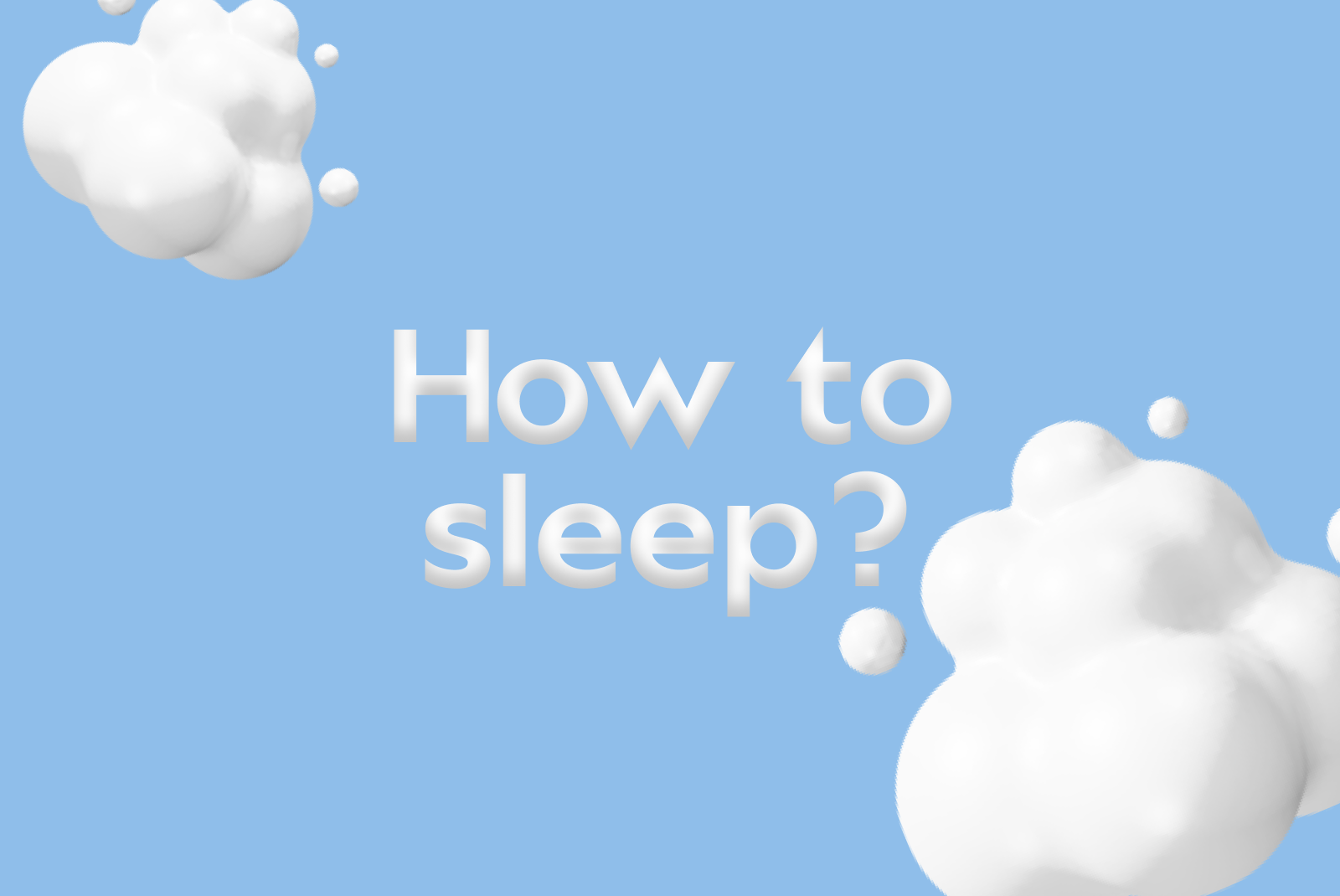Dealing With Grief and Loss
Happiness - it’s something we all aim for, along with health, wealth, and success in our endeavours. However, finding happiness in everyday life can be a difficult task. As a much sought-after emotional state, happiness can appear briefly, or be influenced by many other issues in our work and lives, making it difficult to find.
In this guide, Calmer’s Founder, Tania Diggory, explores what happiness is, how to find happiness within yourself and the simple steps you can try to feel happier on a regular basis.
What is happiness?
Happiness is the mental state of experiencing positive or pleasant emotions.
In my experience, many people define happiness as the feeling of intense joy, which may make it harder to feel like we’re happy in our everyday lives. In fact, there are many levels to happiness, starting from a sense of contentment, and ranging through to exhilarating jubilation.
Many of us set off on a quest to reach exhilarating happiness highs on a regular basis, and this often ends in disappointment. Instead of happiness, try focusing on contentment.
What is contentment?
Contentment is the mental state of experiencing the satisfaction in your present state. It is often felt when practicing mindfulness or feeling comfortable in your mind, body, and surroundings.
While we all experience a range of emotions each day, it can be helpful to practice finding contentment on a regular basis. Next time you take a tea break or sit back after completing a piece of work, give yourself a minute or two to practice feeling good in your body, mind, and with your daily accomplishments.
How to find happiness within yourself
Now that I’ve introduced you to the concept of contentment, here are six steps I tend to recommend to anyone looking to feel more positive in their daily life. Reframing how you view happiness, and where you get your happiness, can be simple changes that really make a difference. Here’s my six-step process to feeling happier in your life and your work:
- STOP CHASING HAPPINESS
Many people connect happiness to the achievement of certain goals or aspirations. This practice makes happiness a reward, rather than an emotion that is deserved to be felt on a day-to-day basis.
Instead of chasing goals, and as an extension, chasing happiness, allow yourself to feel happy whenever it comes your way.
- REMOVE YOUR OWN BARRIERS TO HAPPINESS
Following on from point 1, the second downside to pinning happiness on external goals is that you may fall into unhelpful thinking habits. By placing your happiness onto something external, you may forget that feeling happy is something that comes from inside, and can be found by looking inward, rather than waiting for an external action to trigger it.
Try reframing how you approach happiness, and instead of making it a long-awaited goal, consider what makes you happy on a regular basis. That may be time with family, friends, or a loved one, or doing a certain activity, such as painting, cycling, or cooking.
Give yourself permission to schedule these moments of happiness into your life on a regular basis.
- PRACTICE LOOKING INWARDS
The third step is to practice looking inwards, with a view to discovering happiness from within you. This is an activity that takes time and effort but makes for a worthwhile habit.
Start to regularly check in with yourself, and identify how you feel. If you’re stressed, try implementing a stress-management strategy, or if you’re feeling like you could take better care of yourself, try setting up a self-care plan.
And if you need support in checking-in with your mental health and wellbeing, try joining the Calmer Community, our membership platform providing a range of activities and practices to do each month.
- BUILD YOUR SELF-ESTEEM
Once you’ve started checking in with yourself, you can also begin to address any areas that may be troubling you. Often, internal problems can reduce self-esteem, so it may be worth spending some time looking after yourself.
The NHS notes that focusing on self-esteem can make you happy, saying “The best way to improve your self-esteem is to treat yourself as you'd treat a valued friend, in a positive but honest way.”
This is a great way to review how you look after yourself, especially if you also work for yourself. Thinking of yourself as your best boss, or your best friend, can help you to re-frame how you treat yourself and enable you to treat yourself in a kinder, fairer way.
And on top of that, allow yourself to be vulnerable, even at work. Noting your problem areas, or your weaknesses is an important first step in finding support for them or overcoming your issues altogether.
- BE PRESENT
Similar to practicing looking inwards, taking time to be present across your day will enable you to truly take in your surroundings, and connect with your emotions on a deeper level. Practicing mindfulness at work is becoming a new strategy that businesses like Google and Facebook are encouraging their staff to do, so you may wish to try this in your role, or with your team.
Being present may also enable you to experience happiness on a more regular basis, and on a deeper level.
- TAKE TIME TO APPRECIATE YOURSELF
The final step in my six-step process is to take time in appreciating yourself. Appreciate your work, your life, and your accomplishments. You can find happiness by simply reflecting on past happenings, some of their achievements, and others simply pleasant experiences.
If you’re a freelancer or entrepreneur, try reflecting on your journey on a regular basis. It’s easy to get swept up with future plans and forget how well you’ve done previously. By focusing on your past experiences, you’ll not only re-experience the emotions that certain milestones brought, but also find ways to improve yourself and your business too.
Original source: How to be happy: 6 simple steps to finding happiness



